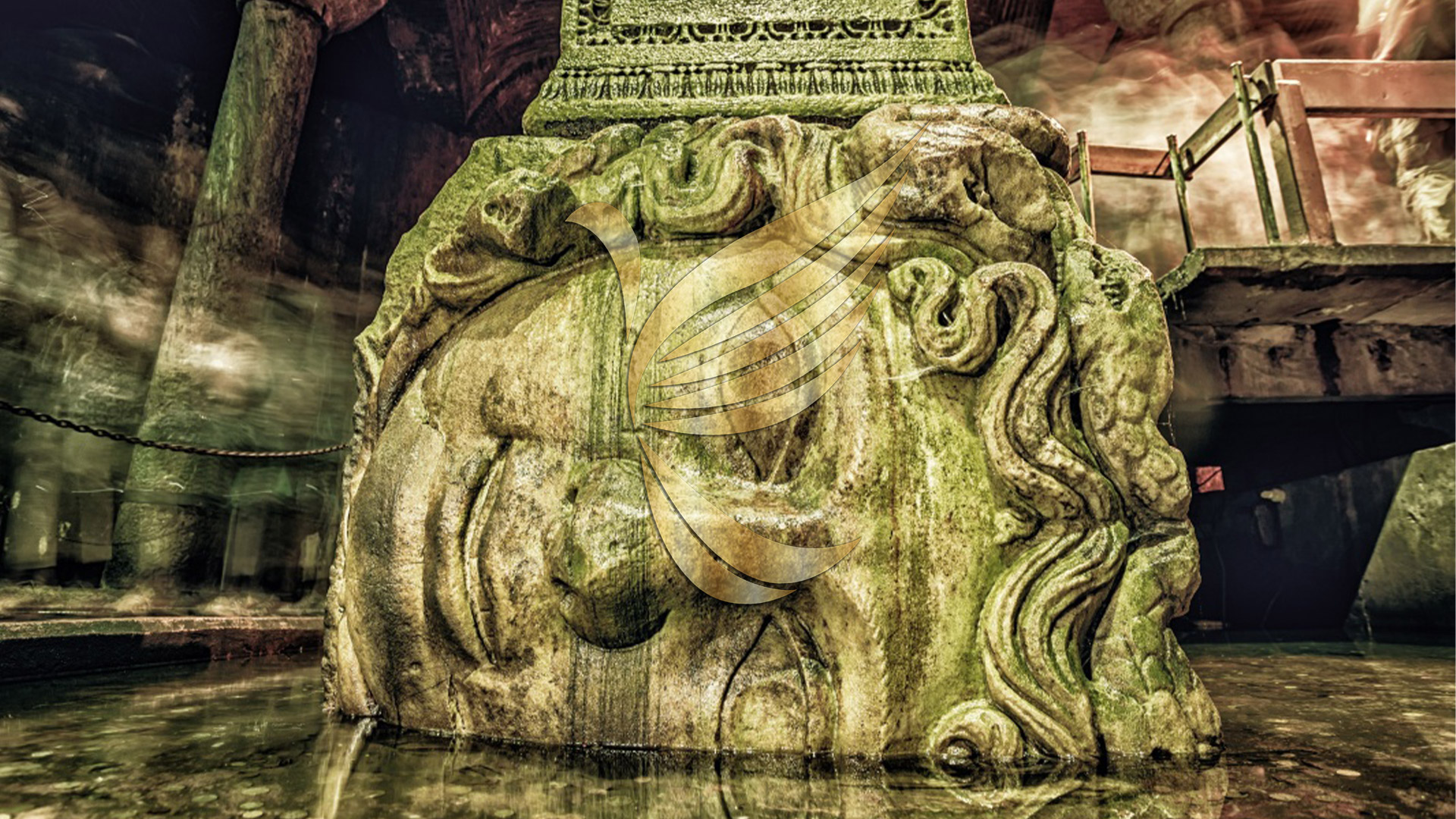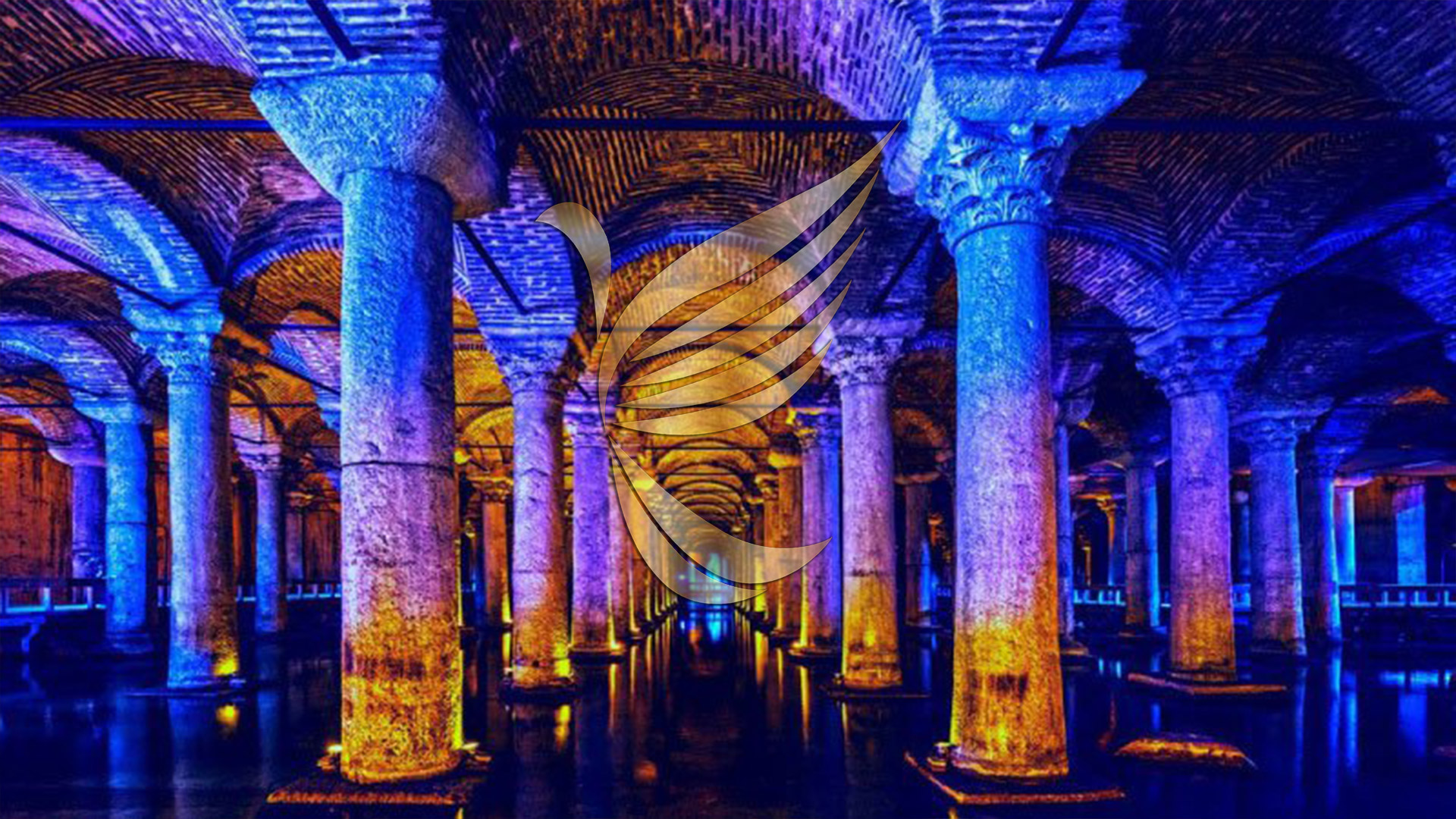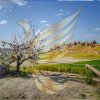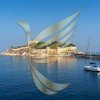This Byzantine structure was commissioned by Emperor Justinian and inbuilt 532. Underground Basilica (Also called Underground Cistern) is that the biggest well preserved cistern in Istanbul. Keep with historical texts claims, over 7,000 slaves were involved within the development of this cistern.
Most of the columns were salvaged from ruined temples and fine carved capitals. Its is build with great symmetry and sheer grandeur of conception. During Summer Days, Underground Cistern would be a cool stop to be refreshed due cavernous depths, make an honest retreat on hot summer days. Underground Basilica is supposed as water storage to service Great Palace of Byzantine and surrounding buildings with capacity of 80,000 cu metres of water delivered via 20km of aqueducts from a reservoir near the sea.
The reason it’s called Basilica Cistern, because it lay underneath the Stoa Basilica which is one in every of the great squares at the first of Seven Hills in Constantinople. Following by relocation of Byzantine emperors from the great Palace, Underground Cistern was closed and forgotten by town authorities before the Conquest.
Basilica Cistern is rediscovered again in 1545 by scholar Petrus Gyllius, who researches Byzantine antiquities and was told by local residents that they were able to obtain water by lowering buckets into a dark space below their basement floors and even sometime catch the water fish. After some research between basements of local residents, Gyllius discovered main access to the cistern.
The Basilica Cistern has passed several restorations since its discovered. Beginning of the repairs were applied twice during the Ottoman Empire within the 18th century during the reign of Ahmed III in 1723 by the architect Muhammad Agha from Kayseri. The second detailed repair was completed during the 19th century during the reign of Sultan Abdulhamid II (1876–1909).Masonry and damaged columns were repaired in 1968. And finally Underground Basilica was renovated in 1985 by the Istanbul Metropolitan Municipality and opened gates to the final public in 1987.
What did the Basilica Cistern do?
The enlarged cistern provided a water filtration system for the nice Palace of Constantinople and other buildings on the first Hill, and continued to supply water to the Topkapı Palace after the Ottoman conquest in 1453 and into modern world.
How do I Get to the Basilica Cistern?
In order to urge to the Cistern from Taksim Square, you wish to first attend Kabatas with Funicular F1. If you're taking Tram T1 from Kabatas Tram Station, you will be able to reach Sultanahmet Tram Station in quarter-hour. it'll take just some minutes to run from Sultanahmet Tram Station to the cistern.
How Many Columns does a Basilica Have?
The water was used for the great Palace, especially during summer time, then the Ottomans used it for the Topkapi Palace. Basilica cistern has 336 columns laid enter 12 rows of 28. They're made up of marble and granite, most of which are Corinthian style.
Medusa Heads
Maybe most interesting highlight during this cistern is that the the opposite far Medusa heads located within the northwest corner of the cistern. Nobody knows where.
Actually these two Medusa heads come from, however it is a prospect that the heads were taken/removed from the late roman period building and moved to this basilica. Also some people believes that their wish will come true after throwing coins in to the present magical water around the Medusa heads.

It’s now one in every of the foremost popular sightseeing point in Istanbul with its raised wooden platforms. Besides being tourist attraction and museum, at the instant day Basilica Cistern welcomes modern concerts and theater plays under it’s historical roof.
As Turkey trip planner family, we serve with our successful team to give you an incredible travel experience. In our guided tour, you can have more information that is not covered in our article. Enjoy the best guided tour of Turkey. We recommend you to review our page for Turkey tour packages. You will always contact us for more detailed information.







0 comments for this post